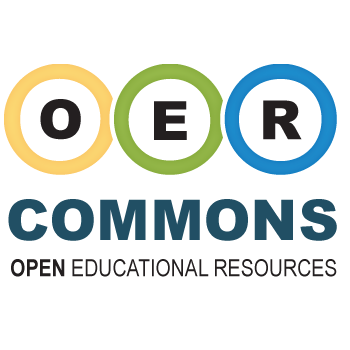As publishers, librarians, faculty, and administrators continue to search for more equitable means of providing learning materials to their students, new methods and ideas have surfaced as ways of knocking down financial barriers to accessing textbooks and other educations resources.

One exciting new development from different academic libraries and library coalitions has been the development of Open Educational Resources, or OERs. According to Education Week, “Open Educational Resources are materials for teaching or learning that are either in the public domain or have been released under a license that allows them to be freely used, changed, or shared with others.” Generally, these resources are developed by faculty in conjunction with librarians or university presses with published expertise. As more and more OERs are created, more and more syllabi are including OERs, as professors know that students can access these materials without having to incur costs.
On the other hand, publishers have also tried to address the need for more affordable course materials by packaging access to materials in what they are calling “equitable” or “inclusive” access. When students enroll for a class, if they do not choose to proactively opt-out, the cost of their textbooks is averaged across the entire institution, regardless of the particular courses a student may be taking, and added to the students tuition bill – ensuring that students will be able to access materials assigned by a professor in a course. For teachers and students, these models can seem similar, as both ensure that students will have “Day One Access” to the materials (that is to say, they will have access to the course materials without an extra cost or step of buying the textbook on the first day of the semester). However, the methodology behind each is very different.

Open Educational Resources are built explicitly as low or no cost options for courses. These tools are often developed by faculty and generally under CC BY licenses, allowing for derivatives to be built and possibly improved by future uses and technologies. Inclusive Access, however, is a profit-motivated model that being rolled out by publishing companies to make sure their materials are in the hands of students and being used in courses. Ultimately, because the impact on faculty and students in the classroom or taking a course can be similar at the point of use, sometimes OERs and Inclusive Access can be confused – but as the landscape continues to change and new technologies are developed, it will be important for librarians to be able to make the case for OERs and distinguish the two models for faculty. Studies continue to come out detailing the benefits of differing models – but the nature of OERs and their ability, generally, to be adapted, allows for students and faculty to be constantly engaging and creating new learning materials, while the same cannot be said for Inclusive Access which continues to stir concerns about transparency and overall cost.
Relatedly, Messina College recently opened its doors with a new associate’s degree program. Part of the promise of the program is the commitment to providing one-hundred first generation, high financial need students an opportunity to pursue an associate’s degree at Boston College. And indeed, as a part of this program, the costs of the textbooks and resources like laptops will be paid in advance. In this case, however, the university itself is footing the bill for the resources, without passing the burden of payment on to the students – certainly an exciting move towards a more equitable landscape on the part of the university!